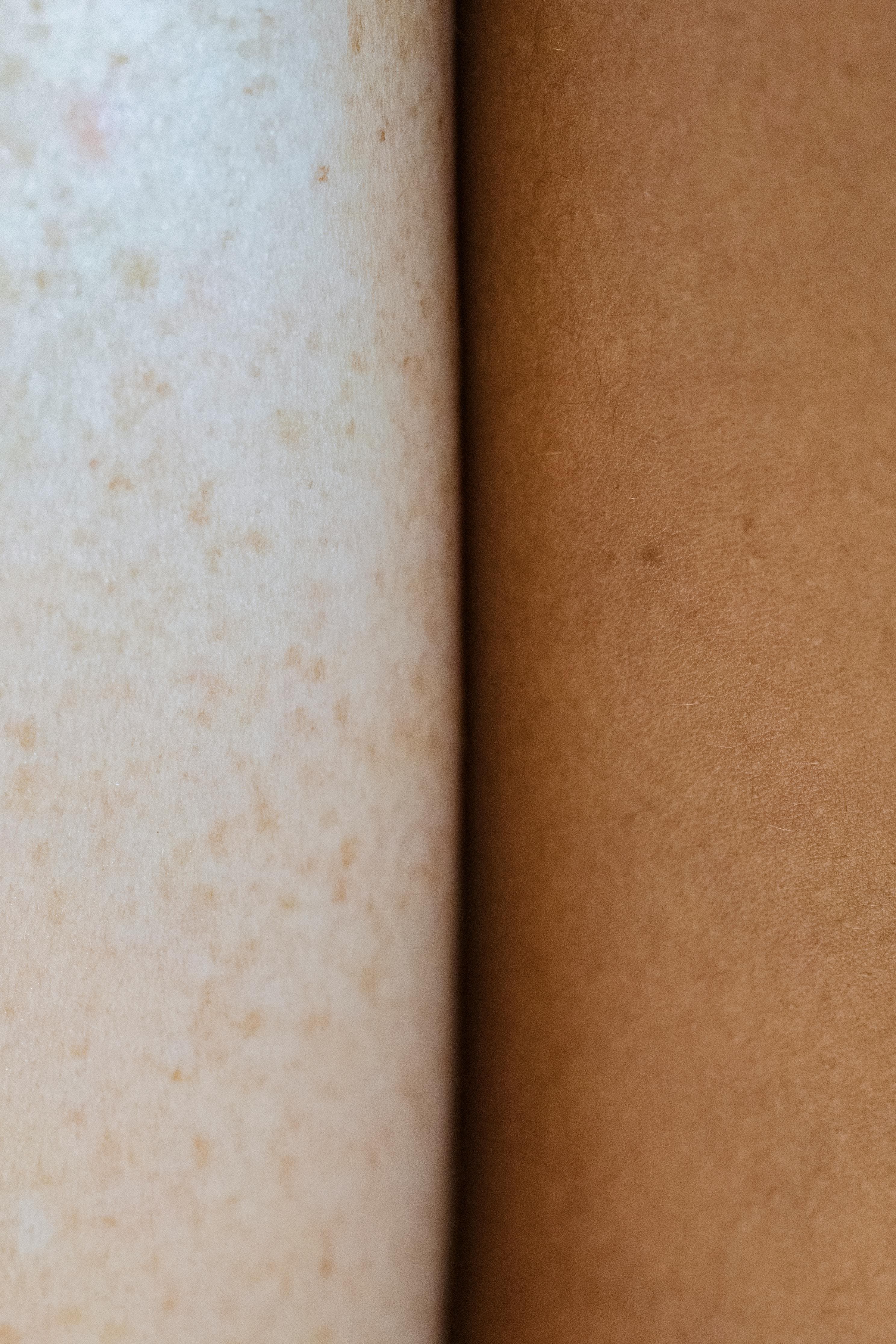RSV Rash: Understanding the Skin Manifestations of Respiratory Syncytial Virus
Published on September 2, 2024
Key Takeaway
While RSV primarily affects the respiratory system, it can occasionally cause skin manifestations, though a rash is not a typical symptom of RSV infection.
Introduction
Respiratory Syncytial Virus (RSV) is a common respiratory pathogen that primarily affects the lungs and airways. While RSV is most known for causing respiratory symptoms, there's often confusion about its potential to cause skin manifestations, particularly rashes. In this article, we'll explore the relationship between RSV and skin symptoms, helping you understand when to be concerned and how to differentiate RSV-related skin issues from other conditions.
Does RSV Typically Cause a Rash?
Contrary to common misconceptions, a rash is not a typical symptom of RSV infection. According to Healthline, the primary symptoms of RSV include:
- Coughing
- Sneezing
- Runny nose
- Fever
- Wheezing
- Decreased appetite
While these respiratory symptoms are characteristic of RSV, skin manifestations are not typically associated with the virus.

When Might Skin Symptoms Occur with RSV?
Although rare, there are instances where skin symptoms might be observed in conjunction with RSV infection. These can include:
1. Secondary Bacterial Infections
In some cases, a secondary bacterial infection may develop as a complication of RSV, potentially leading to skin manifestations. A study published in PubMed suggests that RSV infection can modulate chemokine expression patterns, which might influence the body's immune response and potentially contribute to skin symptoms in rare cases.
2. Immune Response
The body's immune response to RSV might, in rare instances, lead to skin reactions. However, it's important to note that this is not a typical or expected outcome of RSV infection.
3. Misattribution
Sometimes, skin symptoms occurring during an RSV infection might be misattributed to the virus when they are actually caused by an unrelated condition or environmental factor.
Differentiating RSV from Other Conditions
Given that RSV doesn't typically cause a rash, it's crucial to consider other potential causes if skin symptoms appear during a respiratory illness. Some conditions that might be confused with RSV include:
1. Rocky Mountain Spotted Fever (RMSF)
Research indicates that RMSF, a tick-borne illness, can present with a characteristic rash that begins on the extremities and travels towards the trunk. Unlike RSV, RMSF commonly includes a rash as part of its symptom profile.
2. Allergic Reactions
Allergic reactions can cause skin symptoms that might be mistaken for virus-related rashes. It's important to consider potential allergens in the environment or diet.
3. Other Viral Infections
Some viral infections, unlike RSV, are known to cause skin rashes. These include measles, rubella, and certain strains of enterovirus.

When to Seek Medical Attention
While RSV itself rarely causes skin symptoms, it's important to seek medical attention if you or your child experience:
- A rash accompanied by severe respiratory symptoms
- High fever with a rash
- A rash that is painful, blistering, or spreading rapidly
- Any skin changes accompanied by difficulty breathing or signs of dehydration
Conclusion
While RSV is a significant respiratory pathogen, it typically does not cause skin rashes or other dermatological symptoms. If you observe skin manifestations during what you suspect to be an RSV infection, it's crucial to consider other potential causes and consult with a healthcare provider. Remember, the primary focus in managing RSV should be on respiratory symptoms and overall health status. Always seek professional medical advice for proper diagnosis and treatment of any concerning symptoms.